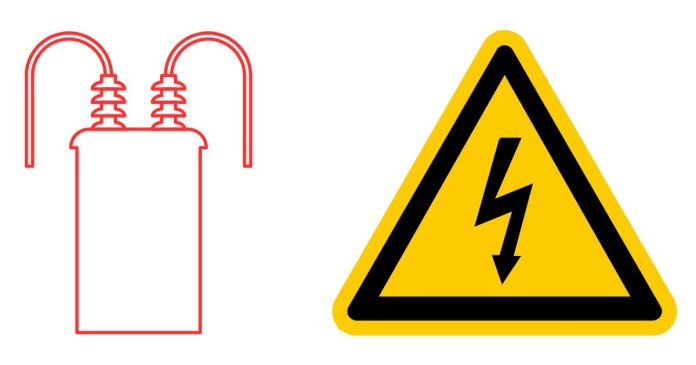Voltage, often referred to as electrical potential difference, is a fundamental concept in the field of electricity and electronics. It is a measure of the potential energy per unit charge and plays a critical role in the functioning of electrical circuits. But what symbol represents voltage, and how is it used in practice?
The Symbol for Voltage
The symbol commonly used to represent voltage is the capital letter “V”. This notation is universally recognized in physics, engineering, and electronics. For example:
- In equations, voltage is often denoted as V (e.g., Ohm’s Law: V = IR).
- In circuit diagrams, voltage sources might be labeled as V1, V2, or simply V.
In some cases, voltage may also be represented by the Greek letter ΔV (Delta V), particularly when referring to a change in voltage or potential difference between two points.
Unit of Measurement
Voltage is measured in volts, a unit named after the Italian physicist Alessandro Volta. One volt is defined as the potential difference required to move one coulomb of charge with one joule of energy.
Practical Applications
- Batteries: Voltage is used to indicate the potential energy a battery can provide. For example, a standard AA battery typically has a voltage of 1.5V.
- Circuits: Engineers and technicians use voltage measurements to analyze and troubleshoot electrical circuits.
- Electronics: Devices like smartphones, laptops, and appliances rely on specific voltage levels for safe and efficient operation.
The symbol for voltage, “V”, is a simple yet powerful representation of an essential electrical property. Understanding voltage and its role in circuits is key to mastering the basics of electricity and electronics. Whether you’re learning about circuits for the first time or working on complex electronic designs, the concept of voltage is a cornerstone of the field.


